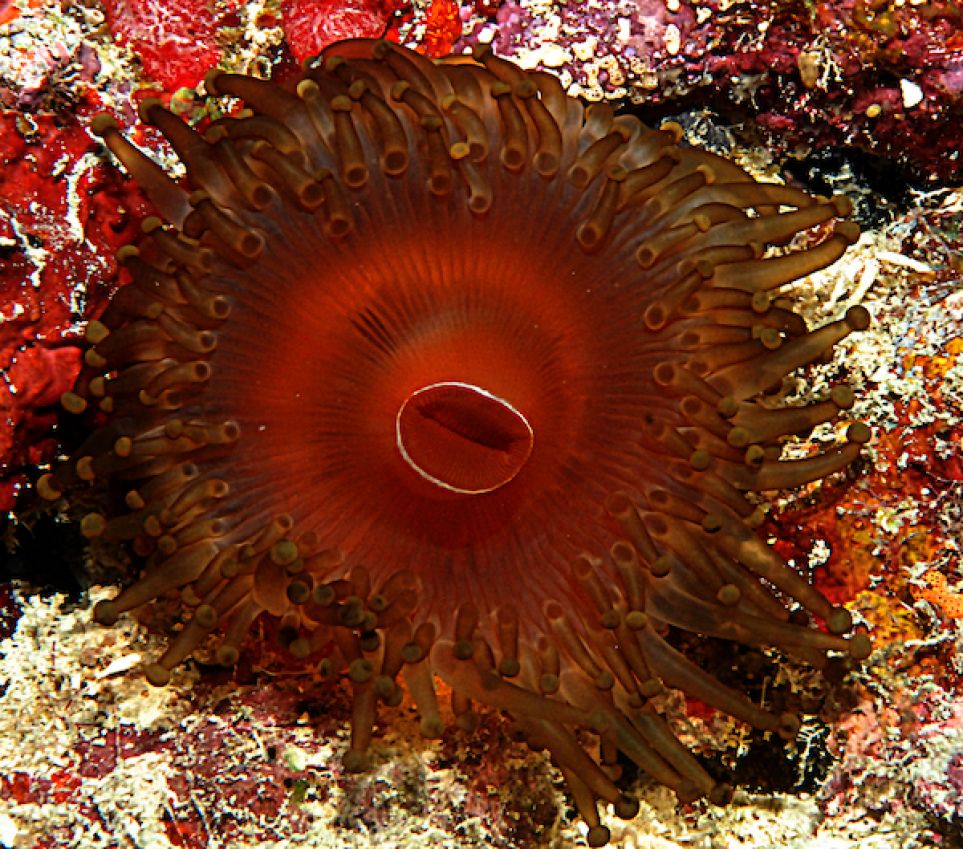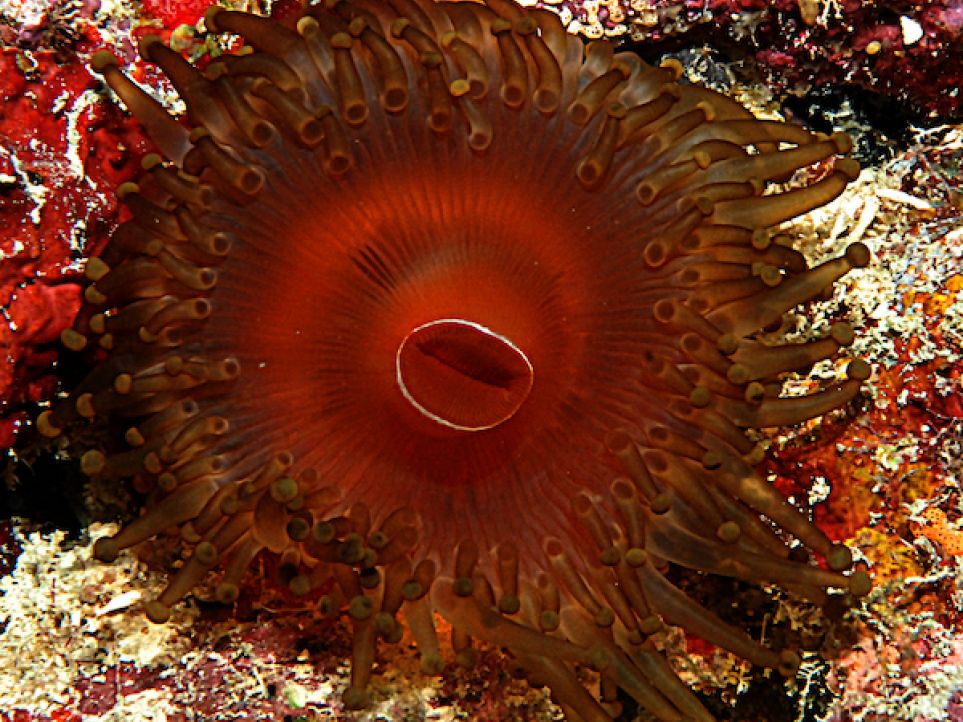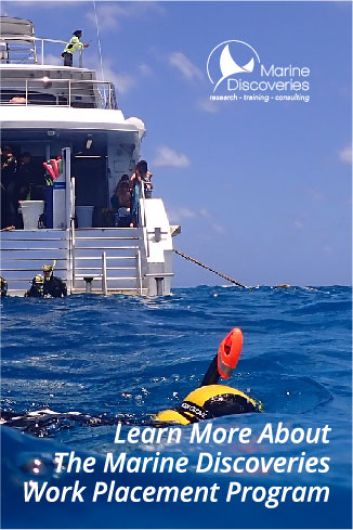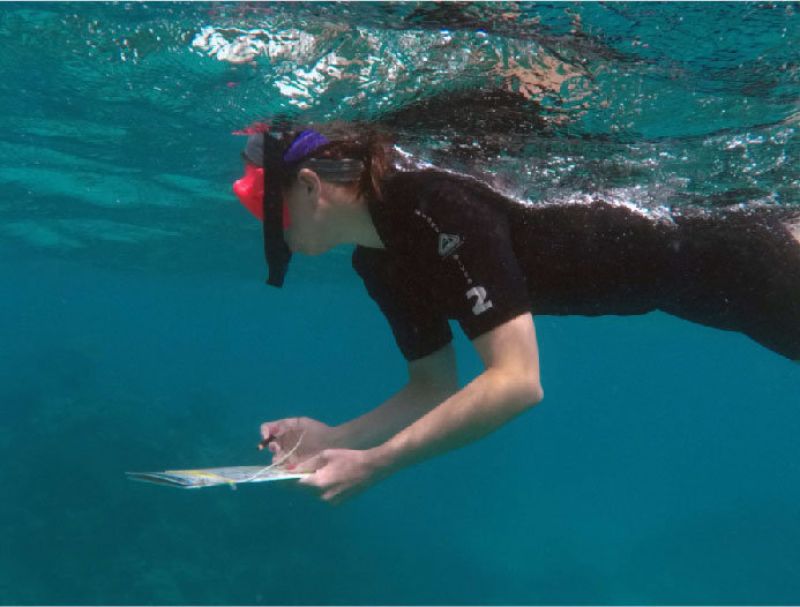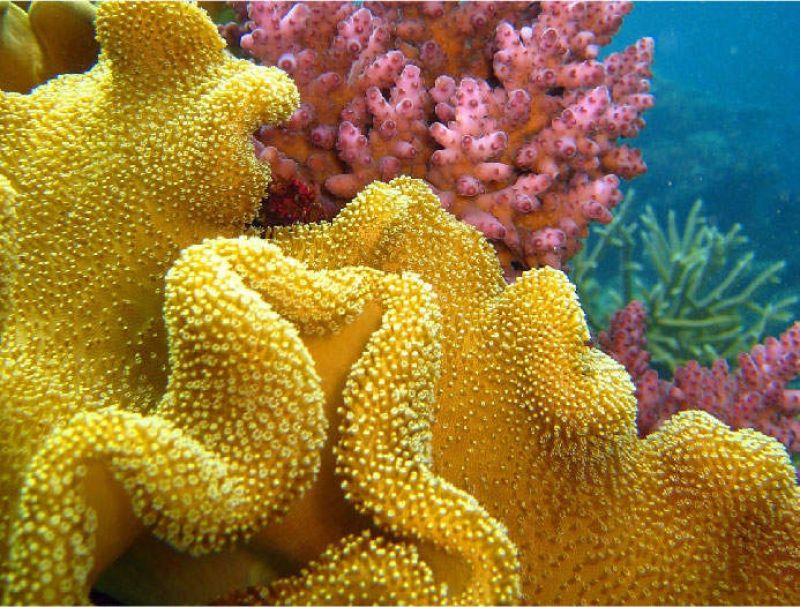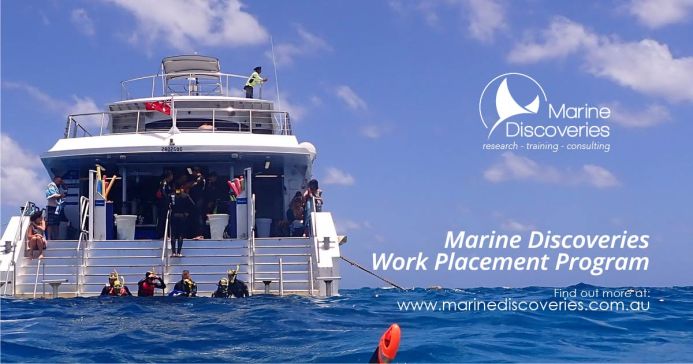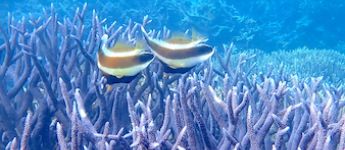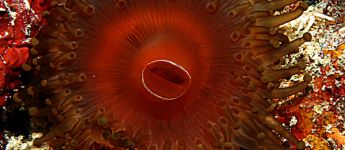Can Corals Move?.
Can coral move?
No. Well that’s an easy answer and blog to write. There you go, now you don’t need to read the rest of this!
WAIT, come back! It’s not quite that straight forward….
Generally, it IS an overwhelming no. Corals are sessile animals, that basically means an organism that is fixed in one place and so can’t move locations. There are of course, exceptions. Nature being nature, did you expect anything less?
This is a Corallimorph. These strange looking corals are in the order that is very closely related to the sea anemones, which explains the similarities in their appearance. Externally, they look almost identical, they are one large coral polyp with a mouth in the centre. An anemones mouth is inward turning, the corallimorphs is outwards or upturned.
Internally though they are far more like the structure of a hard coral, but without the limestone skeleton strangely enough. They have 2 different types of tentacles and feed by trapping food in the mucus that covers their bodies and using the symbiotic algae like most corals.
Now, onto the main event. The moving part.
To find the best spot on the reef, corallimorphs can move. They can do this in 2 ways. They can detach themselves from the substrate, float around in the water column and resettle when they find a better, more appealing spot on the reef. Now this is a great plan when they are in a controlled place such as a saltwater aquarium, where, honestly, all spots are going to be good! But on the reef, where potential currents may pick them up and take them off completely, it’s not such a good move. Plus, if they accidentally landed upside down… they’re dead. Not great!
The other way is that they can crawl. By inflating and deflating their tissue with water, they can crawl along the substrate until they find a perfect position. This is a very slow process but can be beneficial in other ways. Whilst crawling, they will scrape off tiny parts of themselves on the substrate due to the rough surface. These tiny bits will become new corals! So not only do they get to move to the best position, but they will also reproduce on the way there. A win win situation for them!
So although corals generally can’t move, there are the exceptions and like anything else in nature, the exceptions are both weird and wonderful!
About the Author

Abby Seymour

Marine Discoveries
Organisation

85 Lake Street Cairns,
Queensland. 4870
Australia
+61 (0)7 4031 7794
ABN: 93 643 207 845
Marine Discoveries acknowledges, recognises and respects the Elders, families and forebears of the the Bama Peoples – the Aboriginal rainforest people who are traditional custodians/owners of the lands that cover our region. We also acknowledge, recognise and respect other Aboriginal and Torres Strait Islander people who call our region and the Great Barrier Reef their home.
ABN : 93 643 207 845

